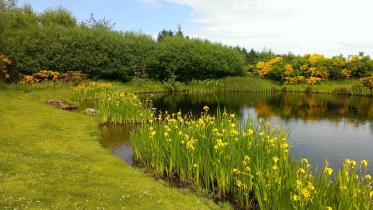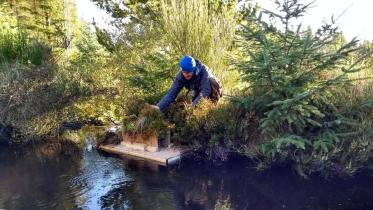NatureScot Commissioned Report 761 - Assessment of carbon budgets and potential blue carbon stores in Scotland's coastal and marine environment
The global ocean performs an invaluable ecosystem service that is often overlooked. It plays a vital role in trapping and storing carbon dioxide that would otherwise stay in the atmosphere and contribute to global warming.
Many marine species capture and store ‘blue carbon’. In Scotland’s seas, such species range from phytoplankton – microscopic plants found at the surface – to kelp beds, mussel beds and cold-water coral reefs.
This study assesses fully for the first time the carbon budgets and potential blue carbon stores in our coastal and marine environment.
The report details the extent of the various habitats around Scotland and their capacity to trap and store carbon in the short, medium and long term. It also highlights the need to ensure the continuing good stewardship of our marine environment.
A 2017 study follows up this report by estimating the blue carbon resources of the Nature Conservation Marine Protected Areas and Special Areas of Conservation in Scotland’s inshore waters. See: NatureScot Commissioned Report No. 957.
For updated figures on carbon stored within Scottish marine sediments, please refer to: Smeaton, C., Austin, W. and Turrell, W.R. 2020. Re-Evaluating Scotland's Sedimentary Carbon Stocks. Scottish Marine and Freshwater Science Vol 11 No 2, 16pp.
Published: 2014
Pages: 90
Document downloads
Disclaimer: Scottish Natural Heritage (SNH) has changed its name to NatureScot as of the 24th August 2020.
At the time of publishing, this document may still refer to Scottish Natural Heritage (SNH) and include the original branding. It may also contain broken links to the old domain.
If you have any issues accessing this document please contact us via our feedback form.





